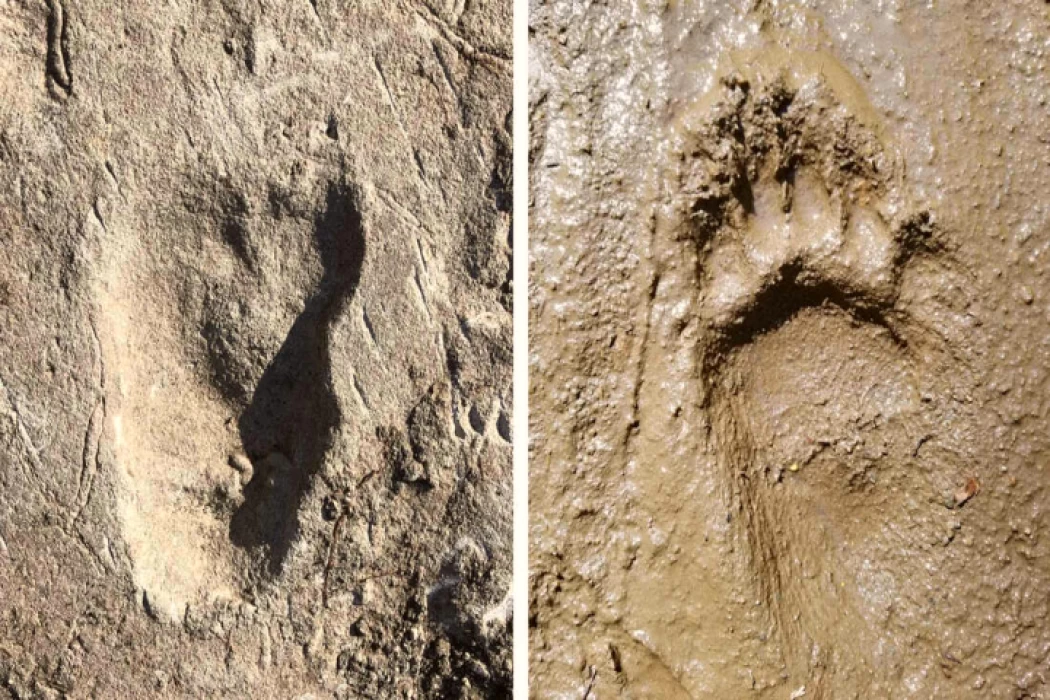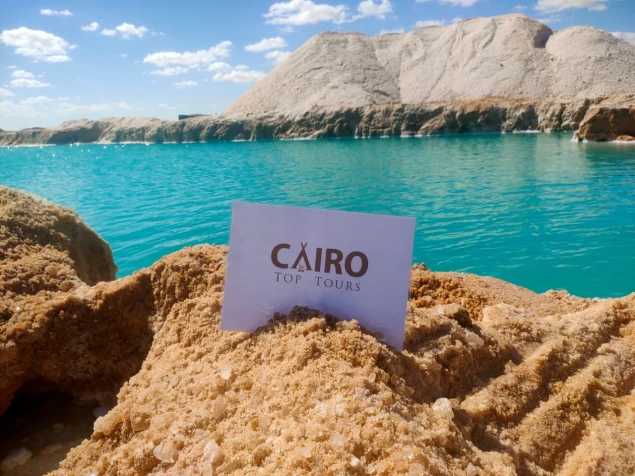
Discover The Oldest Human Footprint
In a unique archaeological discovery, researchers have uncovered the oldest known human footprint, dating back almost 43 thousand years, which will reconsider our understanding of the creative abilities of Neanderthals, according to the British newspaper The Guardian.
Scientists found this imprint on a granite pebble with unusual features, at an archaeological site in central Spain, it seems that one of the Neanderthals noticed a distinctive shape in the composition of the Pebble, perhaps because of its strange resemblance to a human face, which prompted him to pick it up and study it, and in an act reflecting symbolic awareness, he dipped his finger in red dye and marked it, specifically at the supposed nose position, making it the oldest known portable piece of art in Europe.
It took a team of archaeologists, geologists, and forensic experts three years of intensive research to make sure that this fingerprint was placed deliberately, and not the result of a random accident.
The tests confirmed that the dye used, consisting of iron oxides and clay minerals, was not present inside the cave or its surroundings, indicating that Neanderthals brought it from elsewhere, in a move that indicates their awareness of the process of symbolic expression.
Archaeologist David Alvarez Alonso, from the Complutense University of Madrid, commented on the discovery:"the Stone had a distinctive shape, but it was the presence of the ocher-red dot that attracted our attention.
This discovery poses new challenges to traditional hypotheses that have long placed Neanderthals in an inferior position to modern humans in terms of symbolic thinking and artistic creativity, it is clear that the ability to imagine and embody symbols was not the preserve of Homo sapiens, but was present in Neanderthals.
The scientific team hopes that this discovery will open a new door to the debate about the cognitive and artistic abilities of Neanderthals, reevaluating the idea that modern humans were the first to practice art as a means of expressing thoughts and feelings.















